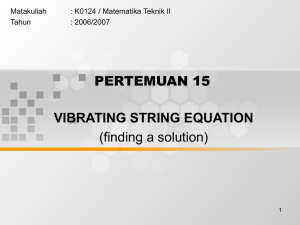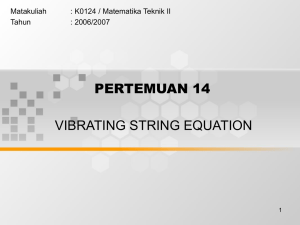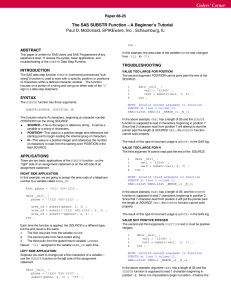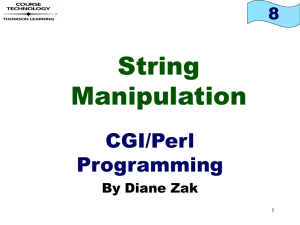Code for Data Parsing
advertisement
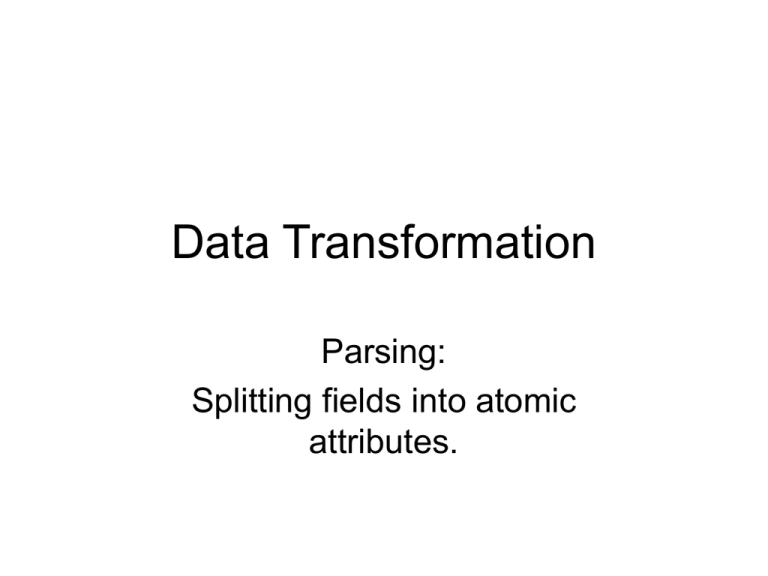
Data Transformation Parsing: Splitting fields into atomic attributes. =SUBSTR( string, position<, length>) Use this when you have a known position for characters. • String: character expression • Position: start position (starts with 1) • Length: number of characters to take (missing takes all to the end) VAR= ‘ABCDEFG’ NEWVAR= SUBSTR(VAR,2,2) NEWVAR2= SUBSTR(VAR,4) NEWVAR= ‘BC’ NEWVAR2= ‘DEFG’ SUBSTR(variable, position<,length>) = new-characters Replaces character value contents. Use this when you know where the replacement starts. a='KIDNAP'; substr(a,1,3)='CAT'; a: CATNAP substr(a,4)='TY' ; a: KIDTY INDEX(source, excerpt) • Searches a character expression for a string of characters. Returns the location (number) where the string begins. a='ABC.DEF (X=Y)'; b='X=Y'; x=index(a,b); x: 10 x= index(a,’DEF’); x: 5 Alternative INDEX functions • INDEXC searches for a single character • INDEXW searches for a word: Syntax INDEXW(source, excerpt<,delimiter>) Length Returns the length of a character variable • The LENGTH and LENGTHN functions return the same value for non-blank character strings. LENGTH returns a value of 1 for blank character strings, whereas LENGTHN returns a value of 0. • The LENGTH function returns the length of a character string, excluding trailing blanks, whereas the LENGTHC function returns the length of a character string, including trailing blanks. LENGTH always returns a value that is less than or equal to the value returned by LENGTHC.

